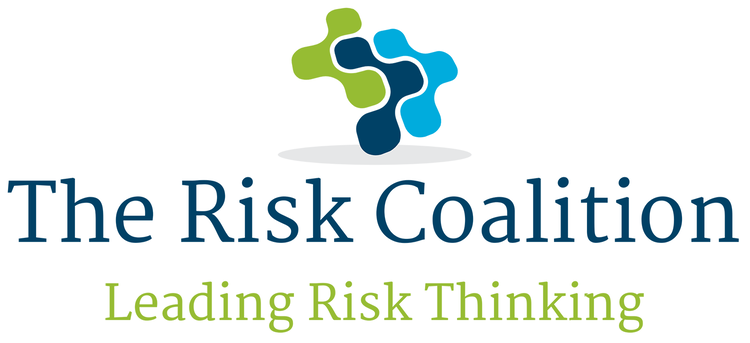With daily reports of redundancies and loss of bonuses, Defuse predicts an escalation of personal threats. Most targeted campaigns are by fixated persons, such as those suffering from deteriorating mental health or activists, and they usually start from a grievance. A grievance can quickly escalate along what we call a ‘pathway to violence’. The targets of this hostility are increasingly CEOs, other members of the C-Suite and HR executives. While the most visible reports concern social media abuse, less well publicised are personal threats communicated via emails, forums and letters.
Whilst it is natural to fear a violent confrontation or attack, it’s also worth considering the effects of a personal reputation attack. The prevailing ‘cancel culture’ is destroying reputations, careers and organisations almost overnight. Those targeted may suffer fear, anxiety and diminishing performance and organisations should recognise and support those targeted and have confidential solutions readily available to deploy.
So how will you know which of these threats are genuine and have the potential to escalate to a physical, reputational or psychological attack and what can you do about them?
Factors to consider include: who in your organisation is responsible for helping you to identify and manage threats and do they have the appropriate expertise? Who gets to see your communications? Unless you, your family and your personal assistant are aware of the ‘red flags’ and know how to recognise them, your security department staff are unlikely to be alerted. What are our protocols if you receive a threat of harm or death?
All members of the C-Suite are visible and must be considered ‘at risk’ with steps taken to defuse the risks, sometimes others too. This requires regular digital audits to be conducted, including on the dark web, to ascertain what information is publicly available together with a security plan for each higher-risk member to reduce their exposure and ensure they and their families are not leaking personal information such as home addresses, phone numbers, regular travel routes and visited venues.
There are a number of ‘red flags’ that will be apparent but are often ignored often because they can be counterintuitive. The key is to differentiate those who make threats from those who actually pose them. Experience shows that those who pose the greatest threat rarely make a direct threat. Red flags can be seen in ‘end of tether’ language such as ‘You leave me no other option’ or ‘I’ve exhausted all reasonable choices’.
Those who make reference to suicidal or homicidal thoughts or refer to other such incidents should be escalated and not dismissed as being ‘mad’. A behaviour seen in everyone from terrorists to trolls is ‘leakage’. This is apparent when they communicate about an impending event. This can be a warning not to go to a particular venue or, as seen in recent attacks, a picture they’ve posted, or possible a comment they make on social media or forum, often using past tense language.
There is a science behind preventing targeted and fixated attacks, including the interpretation of the red flags and changes in behaviour. What’s needed is the combination of protective intelligence with behavioural science to eliminate anxiety, fear and uncertainty caused by communicated abuse, threats and intimidation targeted from fixated individuals to high profile people and organisations who want to feel safer.
Philip Grindell is Founder and Chief Executive of Defuse Global (enqs@defuseglobal.com), a team of internationally acclaimed experts have been trusted to look after and advise some of the world’s most recognised politicians and individuals including US Presidents, UK Royalty and Members of Parliament.

